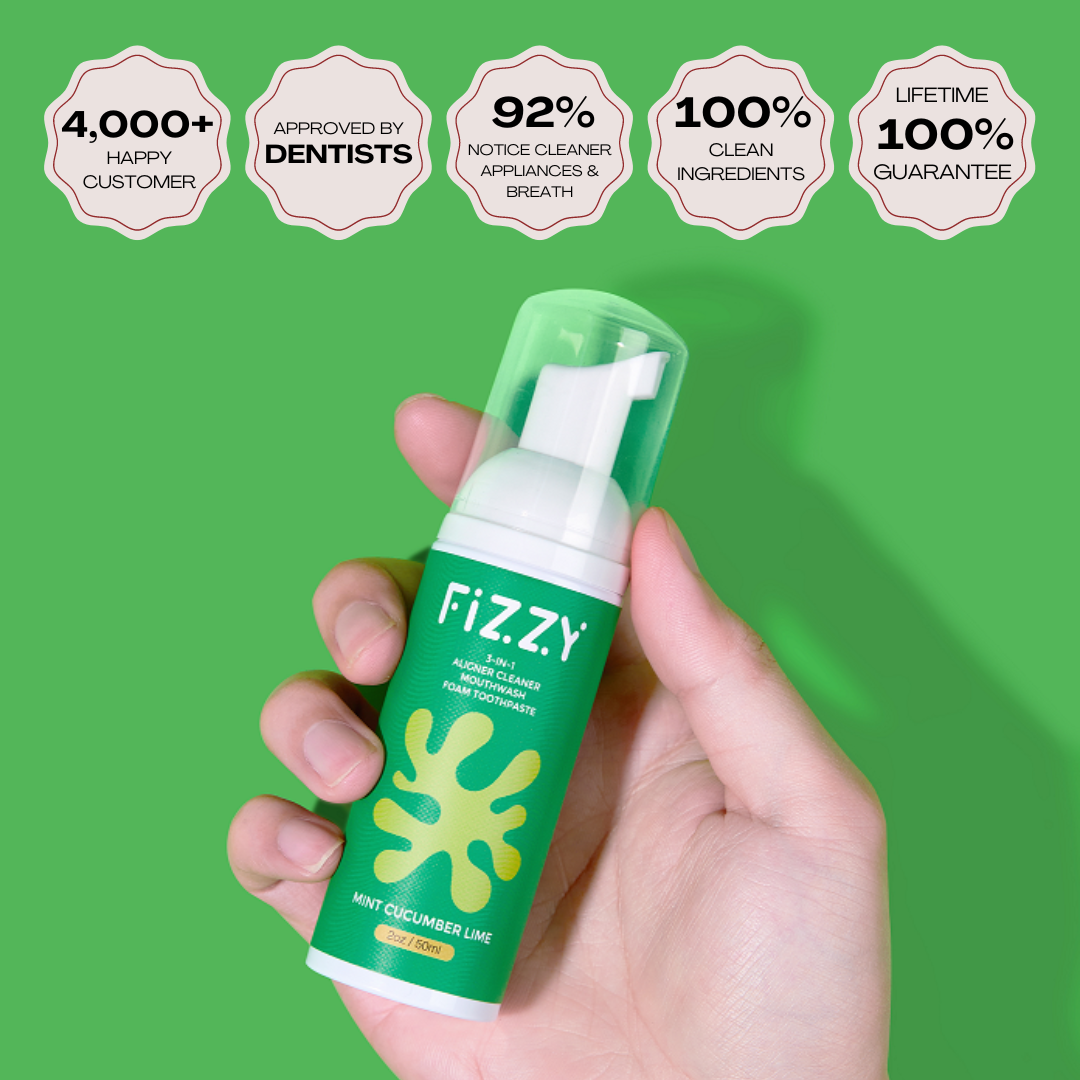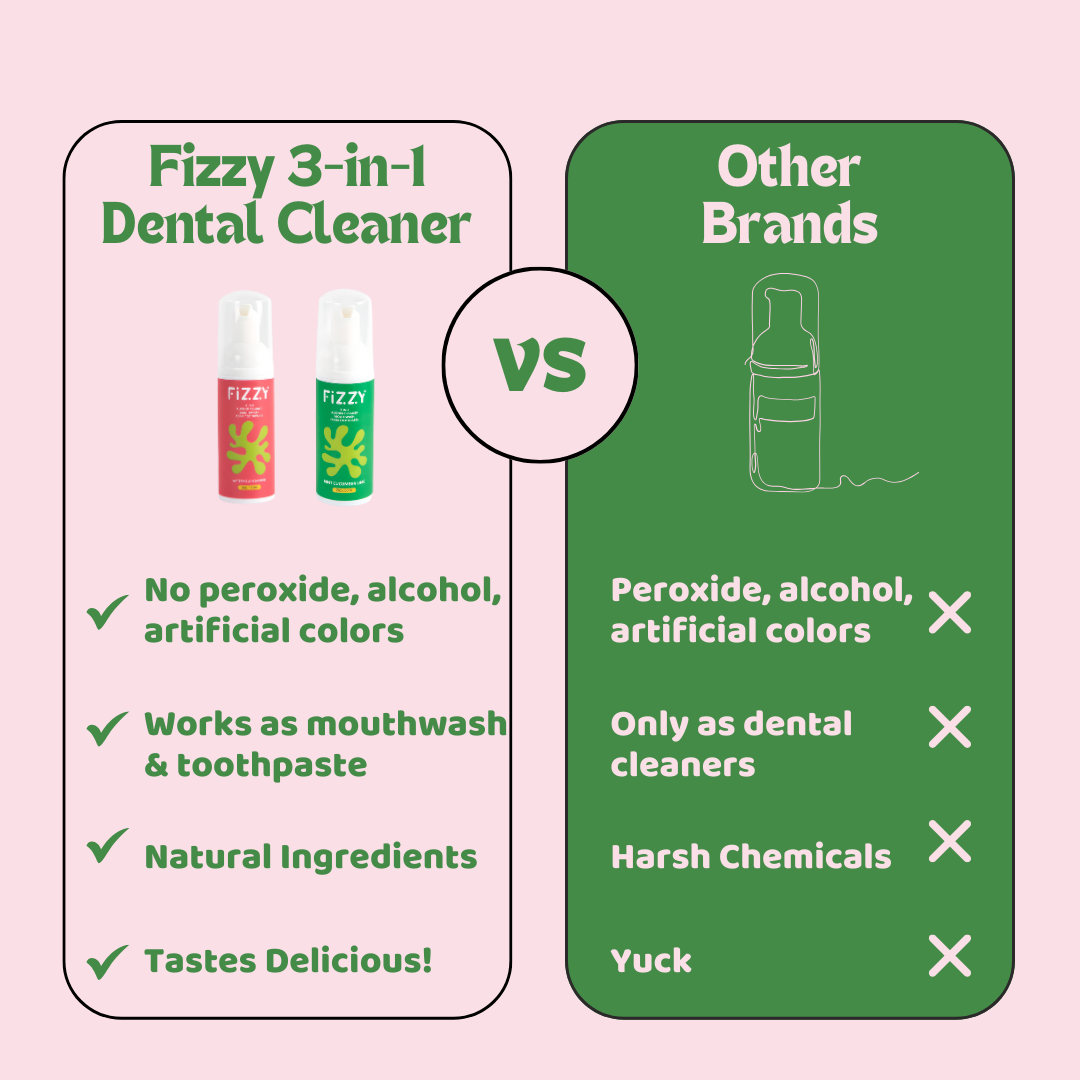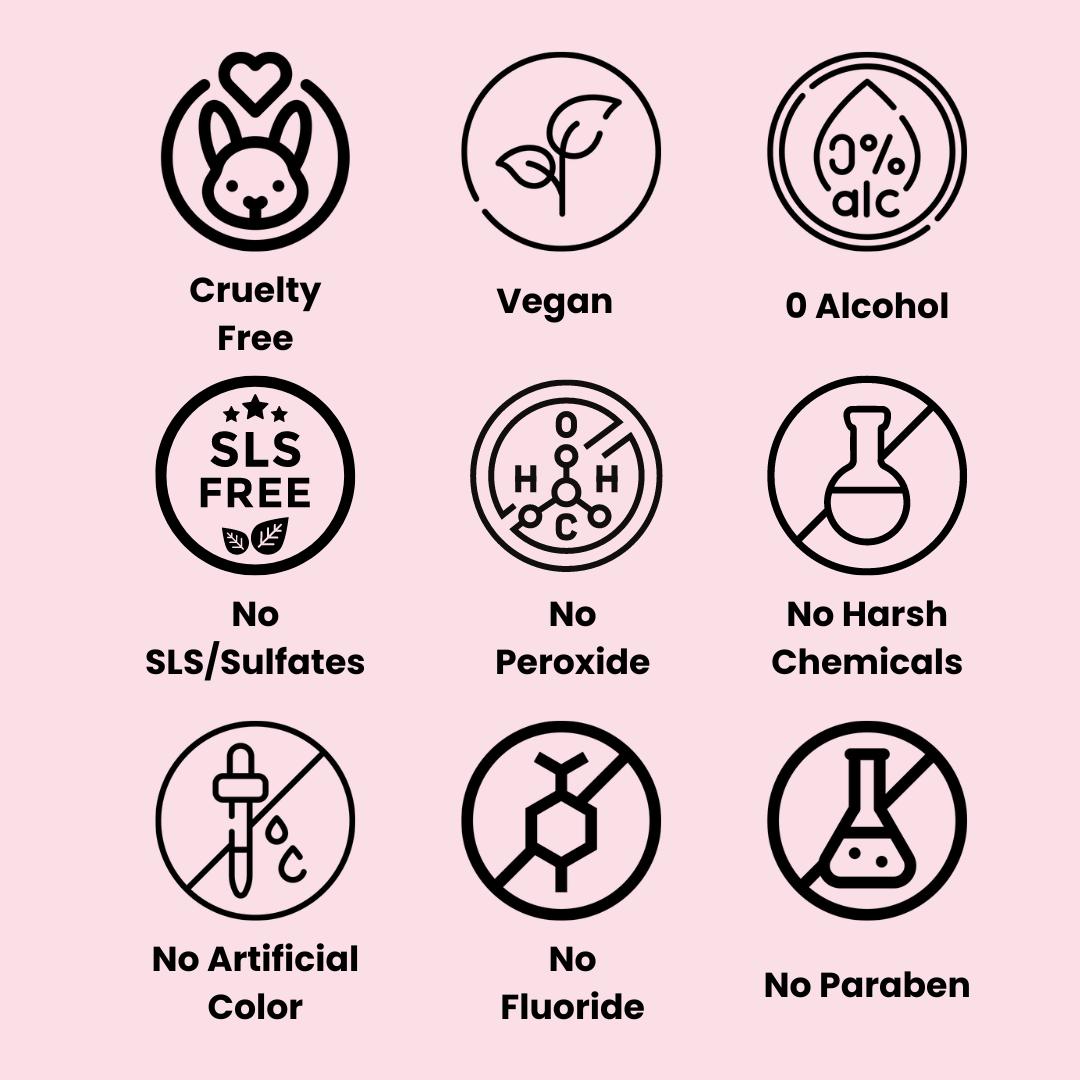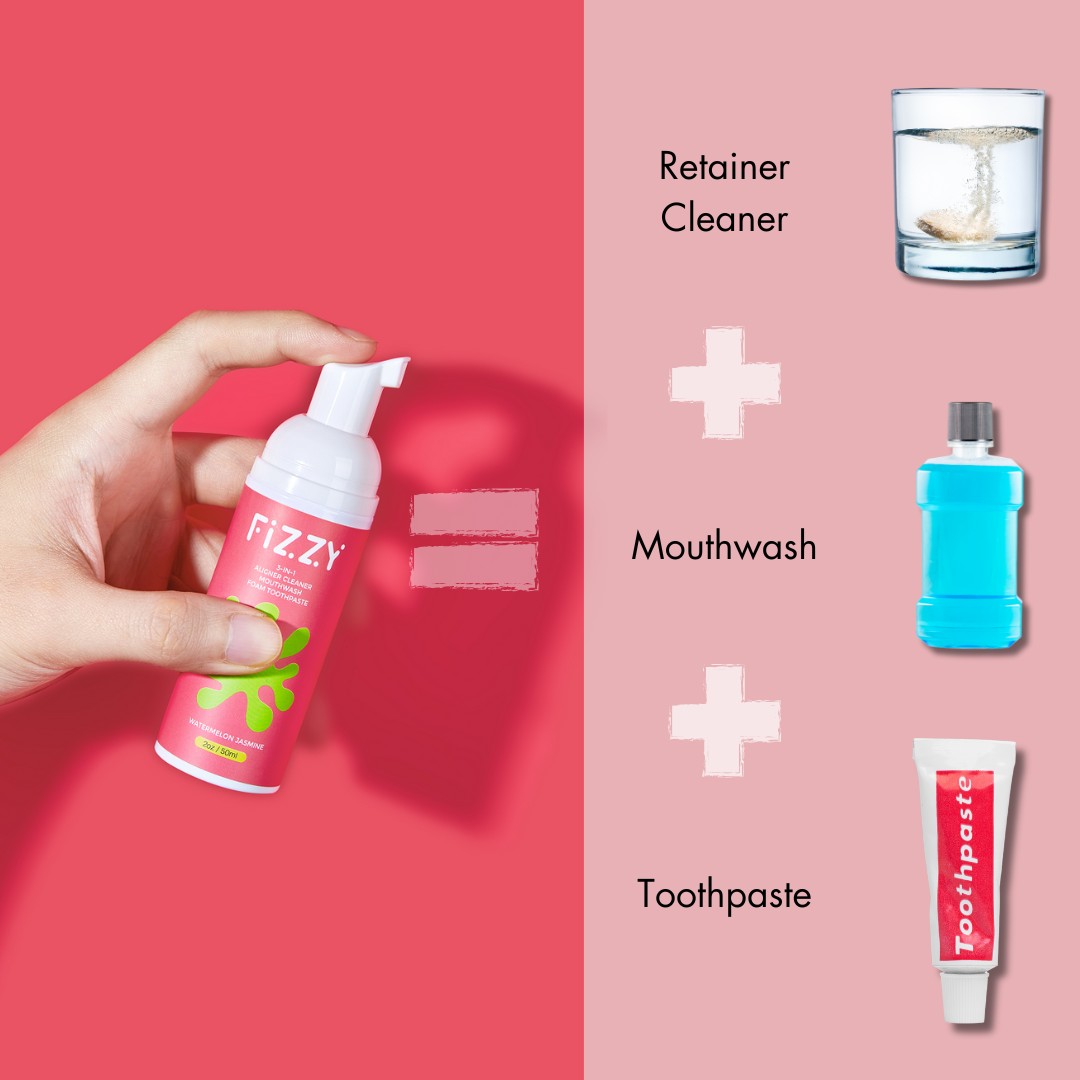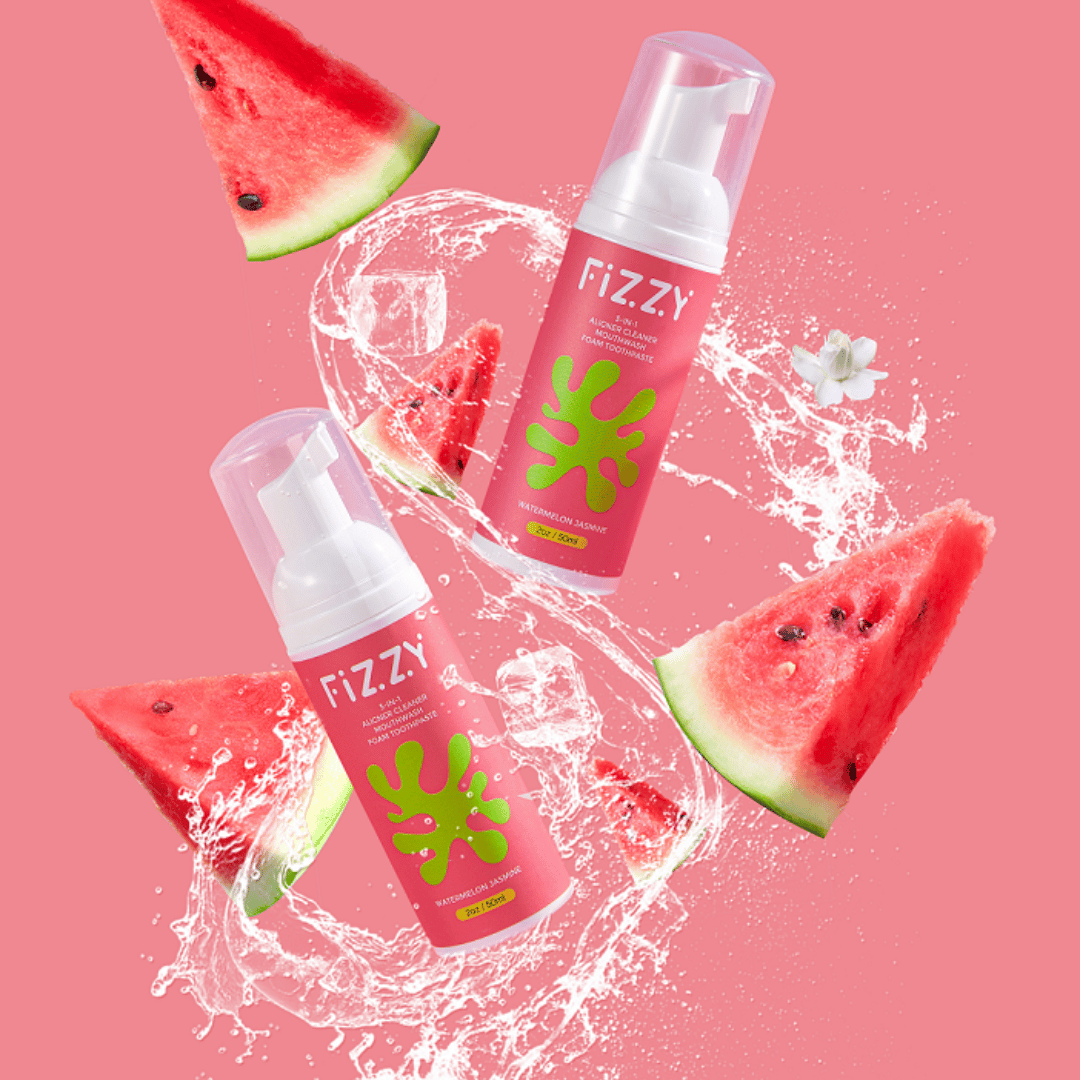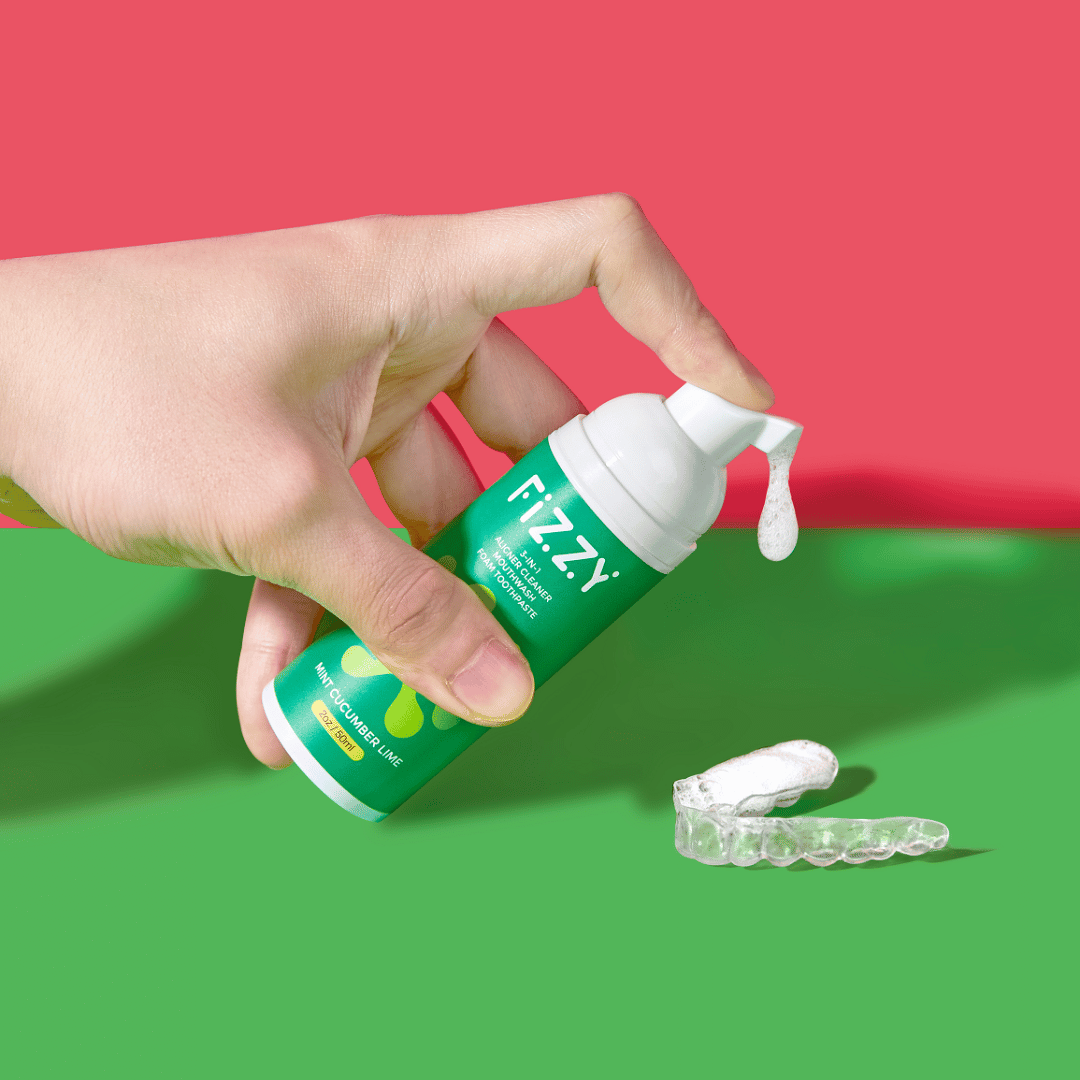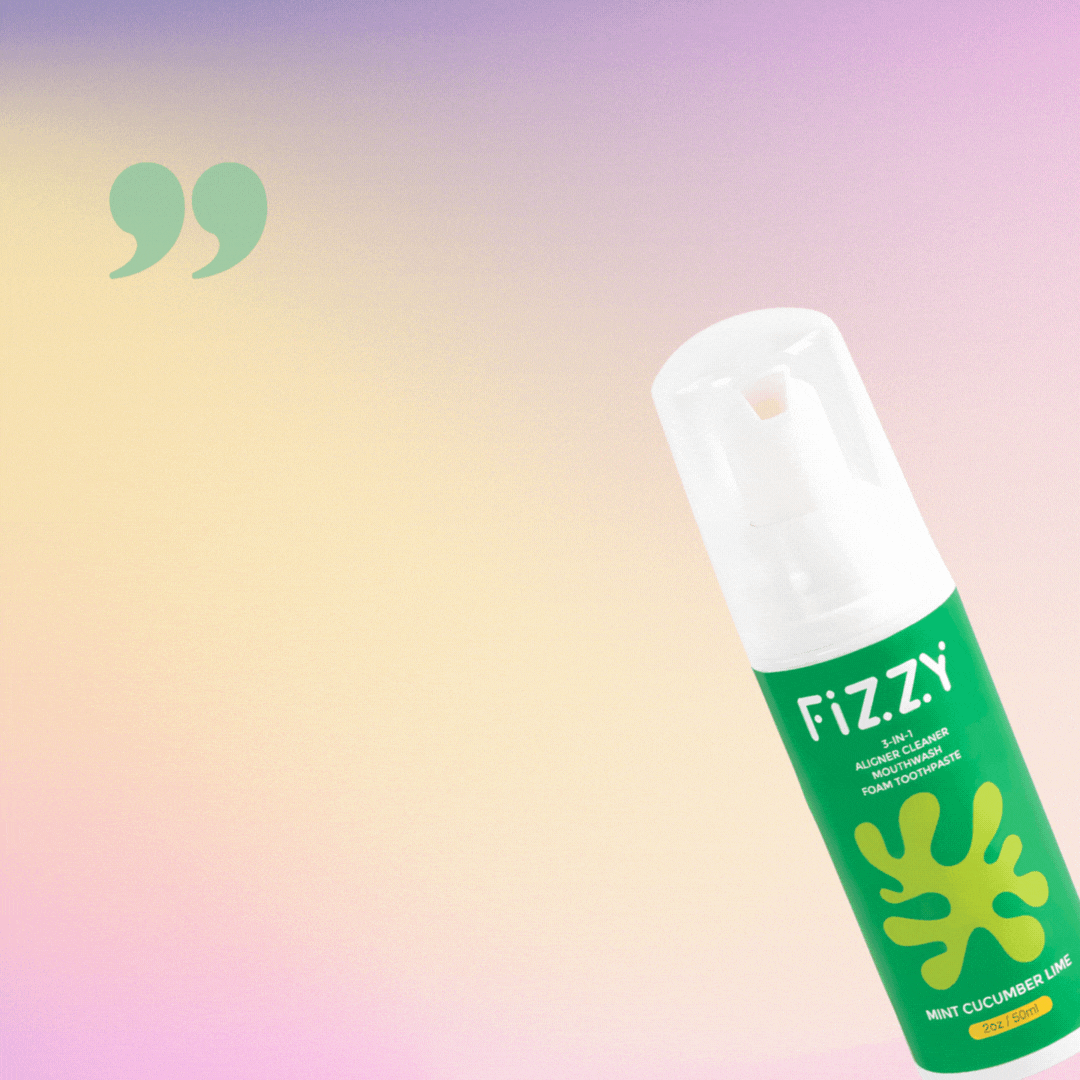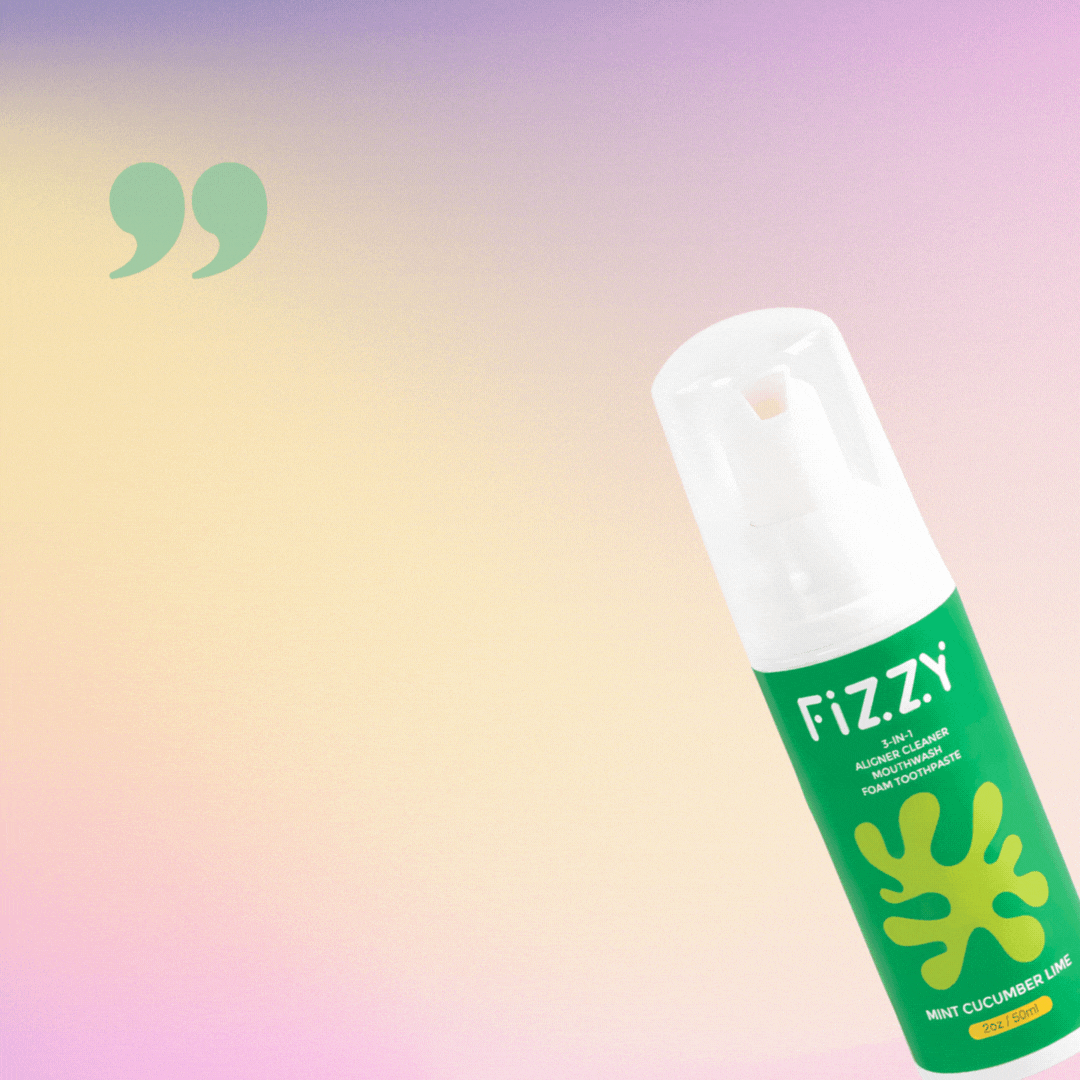
How Long Does It Take for Invisalign to Work?
In general, treatment can take anywhere from six months to two years or more. And you’ll start to see your teeth look different after the first 2-3 months. The length of Invisalign treatment can vary depending on several factors, including the complexity of your case, compliance with treatment, frequency of aligner changes, oral hygiene, orthodontist experience, and patient age.
In this article, we'll take a closer look at the various factors that can affect the length of Invisalign treatment and what you can do to ensure that your treatment progresses as quickly and effectively as possible.
What is Invisalign?
Invisalign is an orthodontic treatment that uses clear, removable aligners to straighten teeth. These aligners are custom-made for each patient and are replaced every one to two weeks as the teeth gradually move into the desired position. The aligners are made from a clear, BPA-free plastic that is virtually invisible when worn, making them a popular choice for people who want to straighten their teeth discreetly.
What types of things affect treatment time for Invisalign?
The complexity of your case:
The severity of your dental issues, such as crowding, spacing, and misalignment, can affect the treatment time. More complex cases may require longer treatment times to achieve the desired results. For patients with mild to moderate dental issues, treatment with Invisalign may take around 6-12 months to achieve the desired results. This could include cases where there is minor crowding or spacing, or mild malocclusions. For more complex cases, such as severe overcrowding or significant jaw alignment issues, treatment with Invisalign may take up to 24 months or more. In some cases, patients may require additional orthodontic treatments or surgical interventions in combination with Invisalign to achieve the desired results.
Compliance with treatment:
Invisalign aligners must be worn for at least 20-22 hours per day, and patients must follow their orthodontist's instructions regarding the length of time they wear each set of aligners before switching to the next one. Failure to wear the aligners as instructed can result in slower progress and delayed treatment time.
In addition to wearing the aligners consistently, patients must attend regular appointments with their orthodontist to monitor progress and ensure that treatment is on track. Skipping or rescheduling appointments can delay treatment time and may require additional appointments to catch up.
It's important to understand that compliance with Invisalign treatment is a shared responsibility between the patient and the orthodontist. The orthodontist must provide clear instructions and monitor progress regularly, while the patient must follow instructions, wear the aligners as directed, and maintain good oral hygiene.
Frequency of aligner changes:
Invisalign treatment involves wearing a series of custom-made clear aligners that gradually move your teeth into their desired position. Patients typically wear each set of aligners for one to two weeks before switching to the next set. The number of aligners you need and the frequency of changes depend on the complexity of your case and the treatment plan developed by your orthodontist.
If aligner changes are too frequent, it can put unnecessary pressure on your teeth, which can lead to discomfort and delay the progress of your treatment. On the other hand, if aligner changes are too infrequent, it can slow down the movement of your teeth and prolong completion time.
Oral hygiene:
If you don't take care of your teeth and gums properly during Invisalign treatment, it can lead to complications such as tooth decay, gum disease, or other dental issues. These issues can delay your treatment and ultimately prolong the expected duration.
It's important to brush your teeth and aligners regularly, ideally after every meal or snack, to prevent food particles and bacteria from building up and causing dental problems. Flossing daily and using mouthwash can also help maintain good oral hygiene.
Additionally, it's crucial to follow the instructions provided by your orthodontist regarding the use and care of your Invisalign aligners. This includes rinsing your aligners regularly and avoiding eating or drinking anything except water while wearing them. Fizzy’s 3-in-1 aligner cleaner, mouthwash and foam toothpaste is a perfect solution for you to keep your teeth and aligner hygienic. You can use it to clean your aligners when you’re eating and drinking and clean your mouth as a mouthwash or toothpaste after you finish eating.
Poor oral hygiene during Invisalign treatment can also lead to damage to your aligners. If aligners are not cleaned properly or are exposed to certain foods or drinks, they can become discolored or warped, which can affect their fit and effectiveness. Damaged aligners may need to be replaced, which can delay treatment and increase the overall cost.
Orthodontist experience:
The experience and skill of your orthodontist can play a significant role in the treatment time for Invisalign.
An experienced and skilled orthodontist who is familiar with Invisalign treatment can develop a more precise and effective treatment plan, which can lead to faster treatment times. They can also better anticipate any potential issues that may arise during treatment and address them promptly to avoid delays.
Additionally, an experienced orthodontist can help you achieve the best results with Invisalign, which can save time and prevent the need for additional treatment in the future.
On the other hand, an inexperienced orthodontist who is not familiar with Invisalign may take longer to develop an effective treatment plan and may be more likely to encounter issues that could slow down treatment time.
When choosing an orthodontist for Invisalign treatment, it's essential to consider their level of experience and expertise. Look for an orthodontist who has extensive experience with Invisalign and a track record of successful treatments.
Patient age:
In general, the younger you are, the easier it is to straighten your teeth. This is because the jawbone is more pliable and less dense in younger patients, which allows teeth to move more quickly and with less resistance. As a result, younger patients may experience faster treatment times with Invisalign.
In contrast, older patients may have denser, more mature bone, which can make tooth movement slower and more challenging. Additionally, older patients may have more significant dental issues that require longer treatment times to address, such as extensive crowding or bite problems.
However, it's important to note that age alone is not the only factor that affects expected duration with Invisalign. Other factors, such as the complexity of the case, patient compliance, and oral hygiene, can also impact treatment time.
When do you start noticing a difference with Invisalign?
Invisalign treatment typically produces noticeable results within a few weeks of wearing your first set of aligners. Although it's less common, some patients may begin to see a difference as early as two weeks. On average, you can expect to see an improvement within three months, which is always an exciting milestone.
To track your progress, taking pictures of your teeth each time you switch to a new aligner can be a helpful way to see the changes over time. This will also help motivate you to stay on track with the treatment plan and switch to new trays as instructed.
However, if it has been more than five months and you haven't seen any difference, it's recommended to schedule a follow-up appointment with your treatment provider. This will ensure that the treatment is still progressing as it should and that you're on track to achieve your desired results.
Invisalign vs braces, which is faster?
In some cases, traditional braces can be faster than Invisalign for achieving certain orthodontic goals. The exact speed of treatment with braces vs. Invisalign will depend on the individual case and the complexity of the dental issues being addressed.
One reason braces can be faster than Invisalign is that they allow for more precise control over tooth movement. The wires and brackets of braces apply consistent, continuous force to the teeth, which can be adjusted by an orthodontist as needed to achieve the desired tooth movement. In contrast, Invisalign aligners are changed every few weeks, which can lead to more gradual, less precise movements.
Braces can also be more effective in treating complex orthodontic issues such as severe overcrowding, significant jaw alignment issues, or problems with the bite. In some cases, braces may be the only viable option for achieving the desired results.
However, Invisalign can be faster than braces for treating certain dental issues, such as mild to moderate crowding or spacing. Invisalign can also be more comfortable and convenient than braces, as the clear aligners are removable and do not require adjustments by an orthodontist.
Bottom Line
Invisalign is a popular orthodontic treatment that uses clear aligners to gradually straighten teeth into their desired positions. The average treatment time with Invisalign can vary depending on several factors, including the complexity of the case, patient compliance, frequency of aligner changes, oral hygiene, orthodontist experience, and patient age. Patients with mild to moderate dental issues can typically achieve their desired results within 6-12 months, while more complex cases may require up to 24 months or more. Patient compliance and proper oral hygiene are crucial for successful treatment and may affect the overall completion time. Additionally, choosing an experienced and skilled orthodontist can lead to more precise and effective treatment plans and faster treatment times.
It's important to remember that every case is unique, and the length of treatment will depend on your specific dental issues and treatment plan. Your orthodontist can provide you with a more accurate estimate of how long Invisalign treatment will take for your particular case.
Fizzy’s 3-in-1 aligner cleaner, mouthwash, and foam toothpaste provide an all-in-one solution to keep both your teeth and aligners clean and hygienic. This convenient product can be used to clean your aligners while eating and drinking, and also serves as a mouthwash or toothpaste to clean your mouth after meals. With Fizzy’s 3-in-1, you can easily maintain proper oral hygiene while staying on track with your aligner treatment. Don't wait any longer to start experiencing the benefits of Fizzy's 3-in-1 aligner cleaner, mouthwash, and foam toothpaste. Try it today and take the first step towards a healthier, more confident smile!
Sources:
How Long Does Invisalign Take to Work?
The Invisalign Timeline: How Long Does Invisalign Take to Straighten Teeth?



